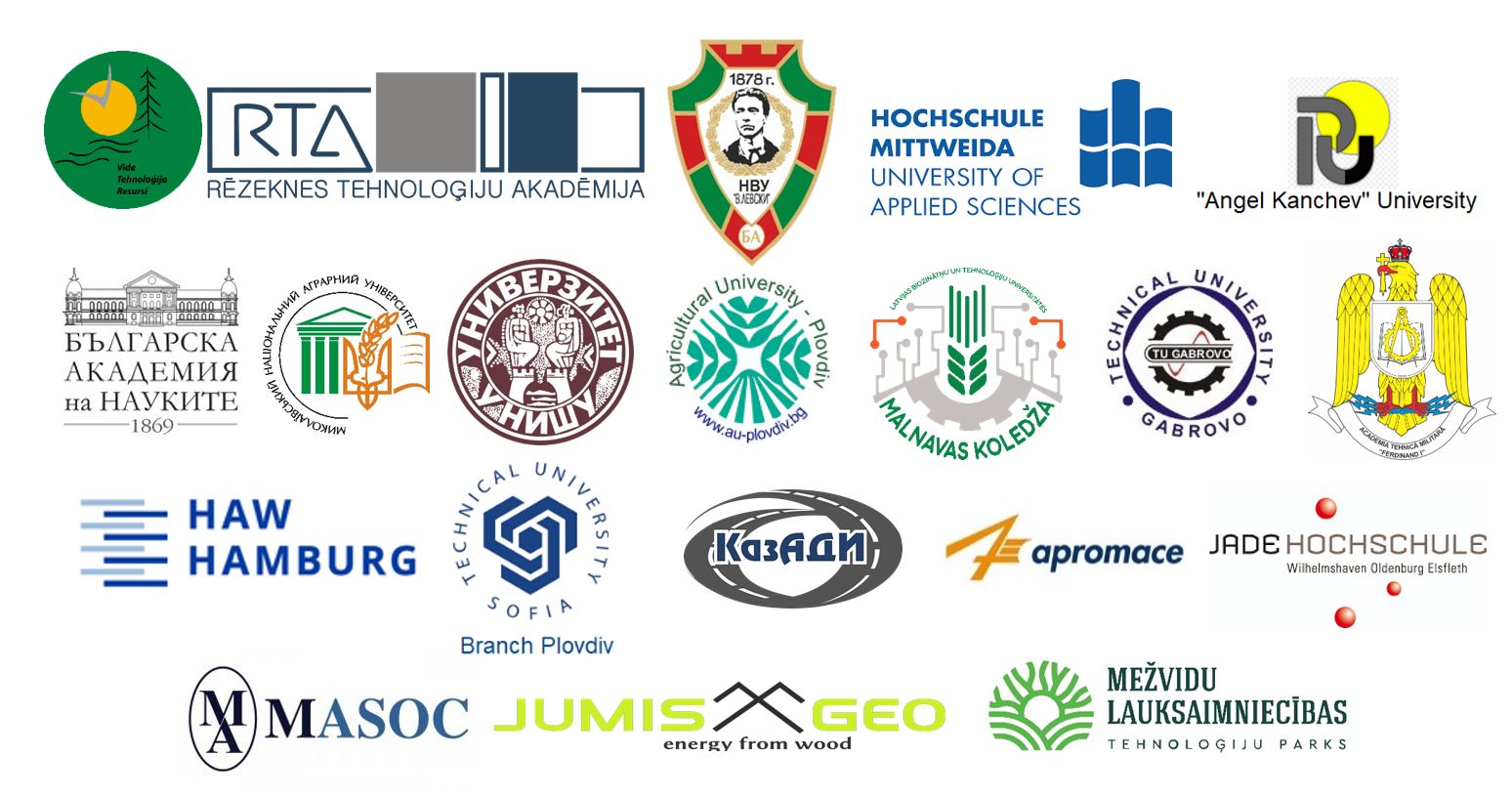THE ROLE AND IMPORTANCE OF THE PROTECTED AREAS’ (EMERALD NETWORK) DEVELOPMENT FOR AMPHIBIANS AND REPTILES ON THE EXAMPLE OF UKRAINE IN THE CONTEXT OF VARIOUS FACTORS’ INFLUENCE
Last modified: 29.04.2019
Abstract
Keywords
References
[1]. Yu. O. Spinova, O. V. Vasyliuk, “Justification for the inclusion of the Kalmius river valley in the Emerald Network of Ukraine,” presented at XI International Conference for young scientists “Biology: from molecule to biosphere”, Kharkiv, Ukraine, 2016. (In Ukrainian).
[2]. O. Yu. Marushchak, O. V. Vasyliuk, O. S. Oskyrko, “Perspective object of Emerald Network in Ukraine: Khorol river valley”, presented at XIII International Scientific Conference for students and PhD “Youth and progress of biology,” Lviv, Ukraine, 2017. (In Ukrainian).
[3]. K. V. Polyanska, Borysenko K. A., Pawlaczyk P., Vasyliuk O. V., Marushchak O. Yu., Shyriaieva D. V., Kuzemko A. A., Oskyrko O. S., O. D. Nekrasova et al., Involvement of the public and scientists in the designing of the Emerald Network in Ukraine. Kyiv, 2017. (In Ukrainian).
[4]. S. M. Drobenkov, Population ecology of European pond turtle in Belarus. Belaruskaia Nauka, 2012, pp. 1-106. (In Russian).
[5]. N. Smirnov, “On distribution of the Emys orbicularis in Ivano-Frankivsk and Chernivtsi regions of Ukraine,” presented at III International Conference – Workshop “Research and conservation of european herpetofauna and its environment: Bombina bombina, Emys orbicularis, and Coronella austriaca”, Daugavpils, Latvia, 2015.
[6]. A. Strugariu, I. Gherghel, A. Nicoara, M. V. Hutuleac-Volosciuc, V. Moraru, A. Mizerus, “A rapid survey of the herpetological fauna from Vaslui County (Romania) with the first record of the slow-worm (Anguis fragilis) in the region,” Herpetologica Romanica, vol. 3, pp. 25-30, Romania 2009.
[7]. O. Nekrasova, V. Tytar, M. Pupins., “Bioclimatic limitations to the geographical distribution of Emys orbicularis (Linnaeus, 1758) (Testudines: Emydidae) in the North of the range,” presented at the XV Portuguese-Spanish Herpetology Congress and XIX Spanish Congress of Herpetology “Biology and Conservation of Herps in the Anthropocene”, Salamanca, Spain, 2018.
[8]. O. Nekrasova, V. Tytar, V. Kuibida, O. Marushchak, O. Oskyrko, “A GIS-modeling approach to the investigation of rare amphibians and reptiles in Ukraine under climate change,” presented at the 4th International Symposium on EuroAsian Biodiversity, Kyiv, Ukraine, 2018.
[9]. A. Pupina, M. Pupins, O. Nekrasova, V. Tytar, I. Kozynenko, O. Marushchak, “Species distribution modelling: Bombina bombina (Linnaeus, 1761) and its important invasive threat Perccottus glenii (Dybowski, 1877) in Latvia under global climate change,” Journal of Environmental Research, Engineering and Management, vol. 74, No. 4, pp. 79–86, 2018. DOI 10.5755/j01.erem.74.4.21093V.
[10]. R. J. Hijmans, S. E. Cameron, J. L. Parra, P. G. Jones and A. Jarvis, “Very high resolution interpolated climate surfaces for global land areas,” International Journal of Climatology, vol. 25(15), pp. 1965–1978, 2005.
[11]. Tytar, O. Nekrasova, A. Pupina, M. Pupins, O. Oskyrko, “Long-term bioclimatic modelling the distribution of the fire-bellied toad, Bombina bombina (Anura, Bombinatoridae), under the influence of global climate change,” Vestnik Zoologii, vol. 52(4), pp. 341–348, 2018.
[12]. K. Fog, H. Drews, F. Bibielriehter, N. Damm and L. Briggs, “Managing Bombina bombina in the Baltic region. Best practice guidelines. Amphi consult,” Stiftung Naturshutz Schleswig-Holsten, Odense, 2011, pp. 1–112.
[13]. M. Pupins, A. Pupina, “Projects on Emys orbicularis (Reptilia: Testudines: Emydidae) in Latvia for thirty years (1984 – 2014): biological aspects, results and effect on population and ecosystems,” Acta Biologica Universitatis Daugavpiliensis, vol.14 (2), pp. 159–175, 2014.
[14]. M. Pupins, A. Pupina, “Project LIFE-HerpetoLatvia: first results on conservation of Emys orbicularis in Latvia,” Herpetological Facts, vol. 1, pp. 85–96, 2014.
[15]. A. Pupina, M. Pupins, “Project LIFE-HerpetoLatvia: first results on conservation of Bombina bombina in Latvia,” Herpetological Facts, vol. 1, pp. 76–84, 2014.
[16]. A. C. M. Meeske, M. Pupins, K. Rybczynski, “First results on the distribution and condition of the European pond turtle (Emys orbicularis) at the northern edge of its distribution in Lithuania and Latvia”, Zeitshrift fur Feldherpetoloģie, vol. 13 (1), pp. 71–99, 2006. (In German).
[17]. S. L. Kuzmin, A. Pupina, M. Pupins, G. Trakimas, “Northern border of the distribution of the red-bellied toad Bombina bombina,” Zeitshrift fur Feldherpetologie, vol. 15 (2), pp. 215–228, 2008.
[18]. M. Pupins, A. Pupina, “The data on the observations of the European pond turtle (Emys orbicularis L.) at the northern edge of its area in Latvia,” Acta Biologica Universitatis Daugavpiliensis, vol. 8 (1), pp. 35–46, 2008.
[19]. A. Pupina, M. Pupins, “The new data on distribution, biotopes and situation of populations of Bombina bombina in the south-east part of Latvia,” Acta Biologica Universitatis Daugavpiliensis, vol. 8 (1), pp. 67–73, 2008.

